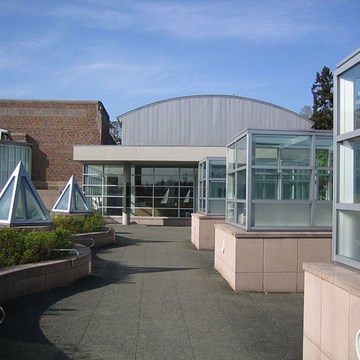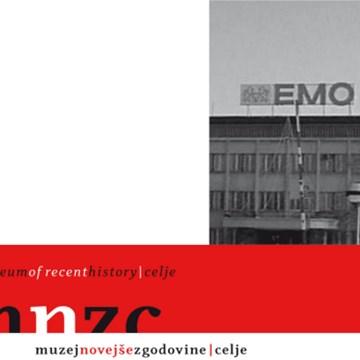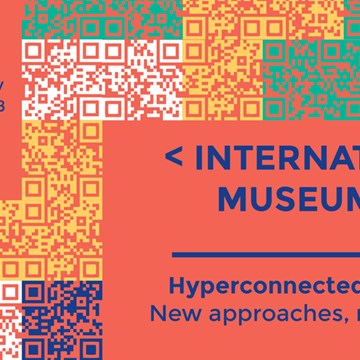At a distance of 120km from Cairo, on the bank of the Suez Canal, in the governorate of Suez, stands the two-story pyramid shaped building of the Suez National Museum, which exhibits artifacts relating the story of the city throughout the ages, from prehistoric to modern times.
The museum concentrates on the history of the city throughout different eras, with special focus on the beginning of the canal’s construction by King Sesostris III, linking the Red Sea to the Mediterranean, via the Nile River. The city had an important role in trade and an important economic role in the mining projects during the prehistoric eras, in addition to being, at one time, the most important stop for pilgrims to the Holy Land.
On display are 1500 of the museum’s rarest and most important artifacts. The idea of establishing a regional museum in Suez was in part, compensation for the loss of the old museum destroyed during the war of 1969 between Egypt and Israel. The artifacts of the old Suez Museum were rescued by the late museum curator, Abdel Hamid Gharib, who documented, packed and stored them inside sealed wooden boxes and sent them to the Egyptian Museum in Cairo, thereby avoiding damage from the war.
At a distance of 120km from Cairo, on the bank of the Suez Canal, in the governorate of Suez, stands the two-story pyramid shaped building of the Suez National Museum, which exhibits artifacts relating the story of the city throughout the ages, from prehistoric to modern times.
The museum concentrates on the history of the city throughout different eras, with special focus on the beginning of the canal’s construction by King Sesostris III, linking the Red Sea to the Mediterranean, via...
Read more










